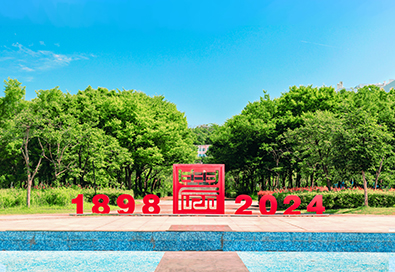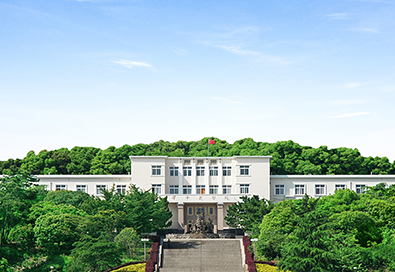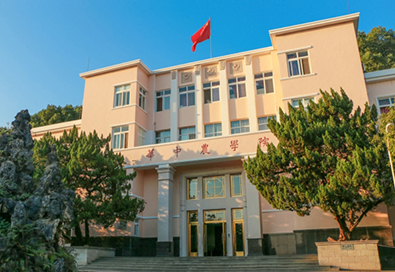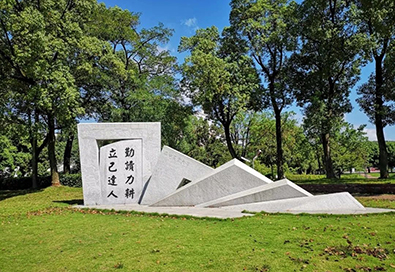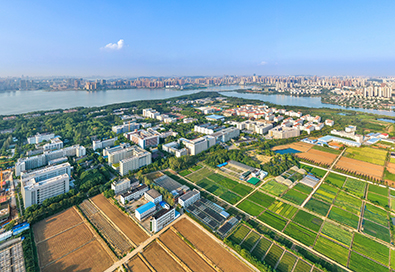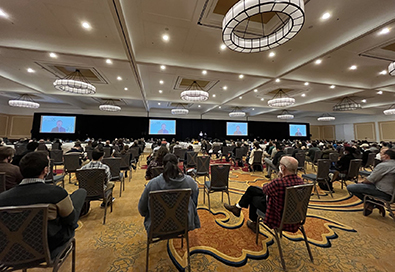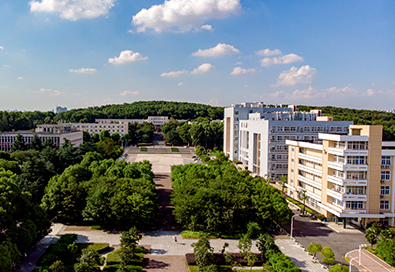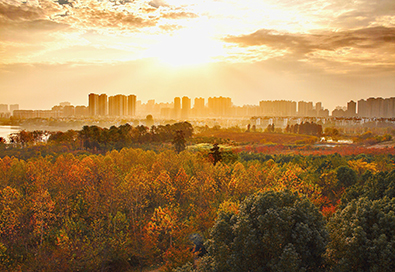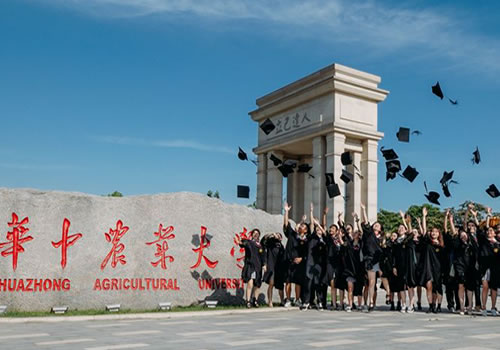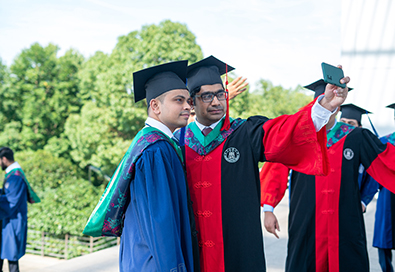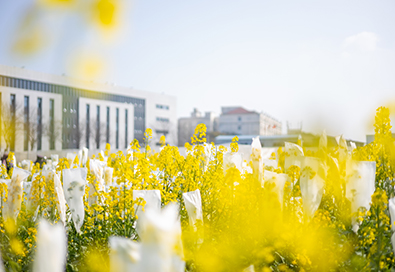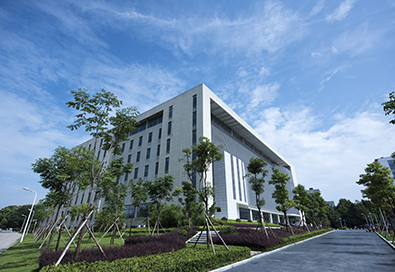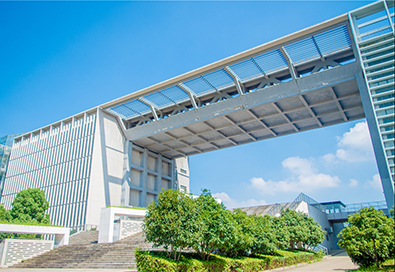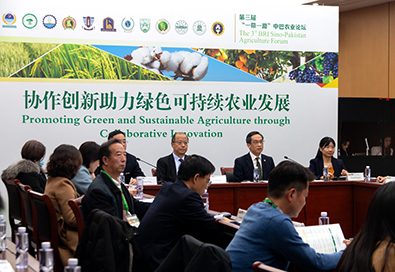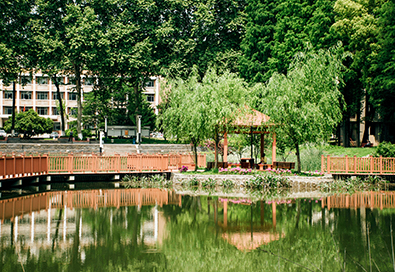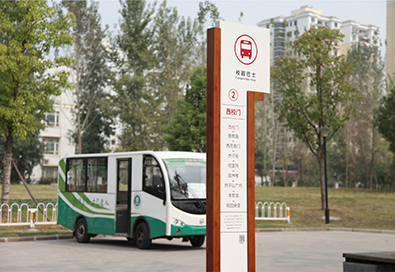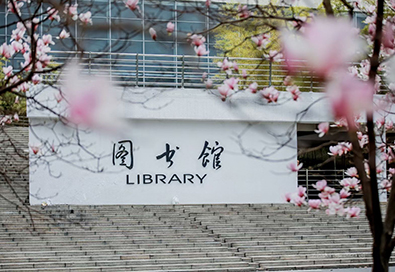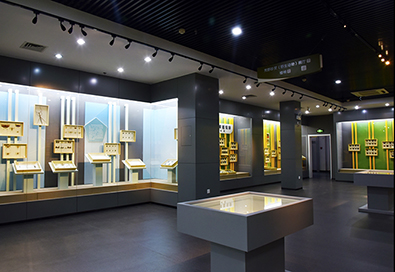Recently, a research was used for exploring strategies to narrow rice yield gaps and increase cultivation areas, thus avoiding expanding rice imports, and enhancing regional rice self-sufficiency was conducted.
The research was carried out under the collaboration of Professor Peng Shaobing's team from HZAU's National Key Laboratory of Crop Genetic Improvement and Hubei Hongshan Laboratory, Professor Patricio Grassini's team from the University of Nebraska-Lincoln in the United States, together with researchers from the Africa Rice Center, the International Rice Research Institute, and Wageningen University.
The research findings, titled "Intensifying rice production to reduce imports and land conversion in Africa," were published online in Nature Communications on January 27.
Food security stands as a critical pillar for global peace and development, forming the cornerstone for the construction of a community with a shared future for mankind. With shifts in population and dietary patterns, the demand for rice in Africa is projected to more than double in the next 30 years. However, current rice production in Africa falls significantly short of achieving a reasonable level of self-sufficiency.
Currently, only 40 percent of African rice demand is met by local production, with the remaining demand reliant on imports, constituting approximately one-third of the total global rice trade. This heavy reliance on rice imports not only poses a substantial threat to regional food security but also exposes the region to external supply and price fluctuations.
Therefore, a thorough examination of the potential for increasing rice production in Africa, along with a clear understanding of expansion possibilities and methodologies, holds paramount significance in boosting rice production capacity and ensuring regional food security.
Studies have found that Africa has the potential to significantly increase rice production. At present, the actual rice yield in this area is less than half of the yield. In view of the growing demand for rice in Africa, more rice imports or expansion of cultivated land area will be needed in the future if rice production is not increased.
If the current available yield gap (the difference between the yield and the actual yield) can be completely eliminated, and the harvest area in Africa can be doubled by 2050, Africa is expected to achieve rice self-sufficiency. However, considering that the rice yield per unit area in Africa has been stagnant in the past 30 years, it is a great challenge to maintain the annual growth rate of rice yield above 100 kg per hectare.
The study emphasizes that halving the current available yield difference is expected to reduce the pressure on newly reclaimed land on the basis of avoiding expanding the current rice imports, and meet the demand of 150 million tons of rice on the African continent by 2050 (the following figure).
In order to solve the problem of long-term stagnation of rice production in Africa, agricultural research and development plan should focus on improving cultivation and management measures, including rational land planning, improving soil and plant nutrition, strengthening field weed control and water management. At the same time, in view of the current conditions in Africa, increasing rice yield requires not only effective cultivation and management measures, but also appropriate policies and technology promotion measures.
Professor Yuan Shen, a researcher at Hubei Hongshan Laboratory, is the first author of this paper, and Professor Peng Shaobing and Professor Patricio Grassini of the University of Nebraska Lincoln are the co-authors.
The research was supported by the key R&D plan of the "14th Five-Year Plan" (2021-2025), the China Association for Science and Technology Young Talents Lifting Project, the basic scientific research business expenses of central universities, the Natural Science Foundation of Hubei Province and the discipline innovation and intelligence introduction plan of colleges and universities of the Ministry of Education.
Professor Peng's team has conducted in-depth research on the green, high-yield and high-efficiency development of rice, efficient utilization of agricultural resources and food security management for many years, and has achieved many achievements which have been published in Nature Communications (2019 and 2021) and Nature Food (2022).
This research is also a contribution made by BRI International Institute of Science and Technology Innovation for Sustainable Rice Industry and "Global Food Security Association for Young Scientists" in promoting global food security.

